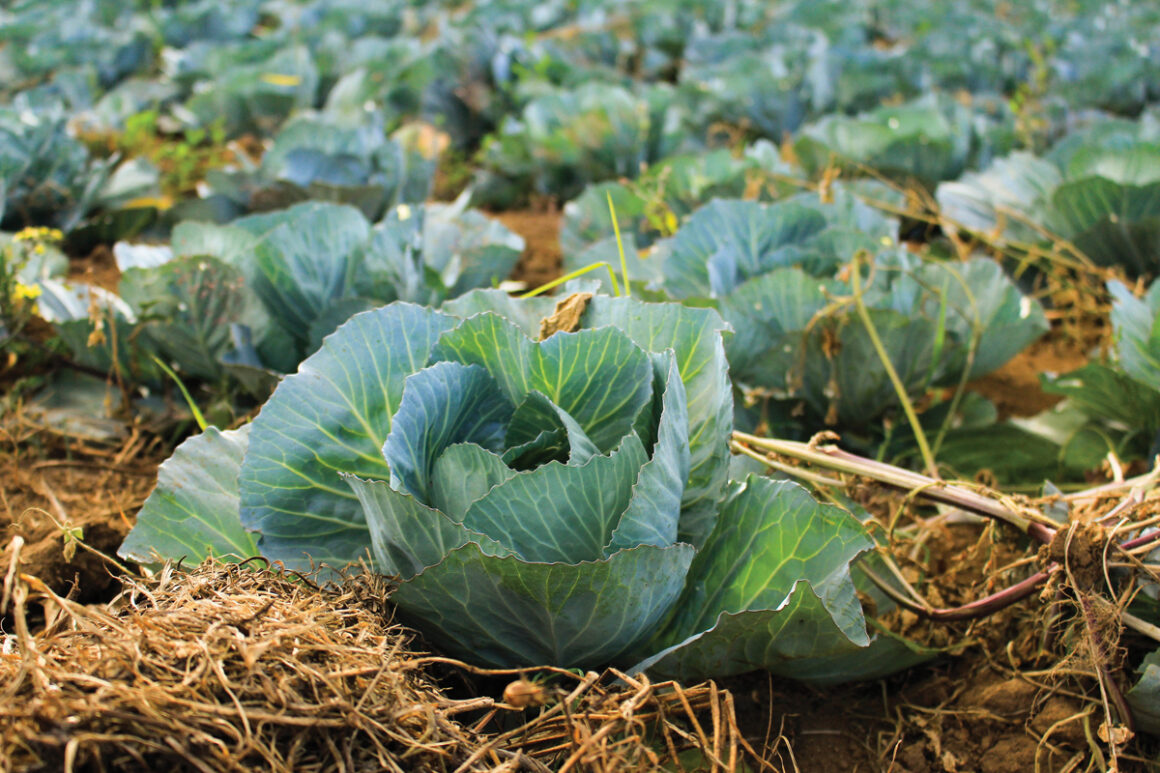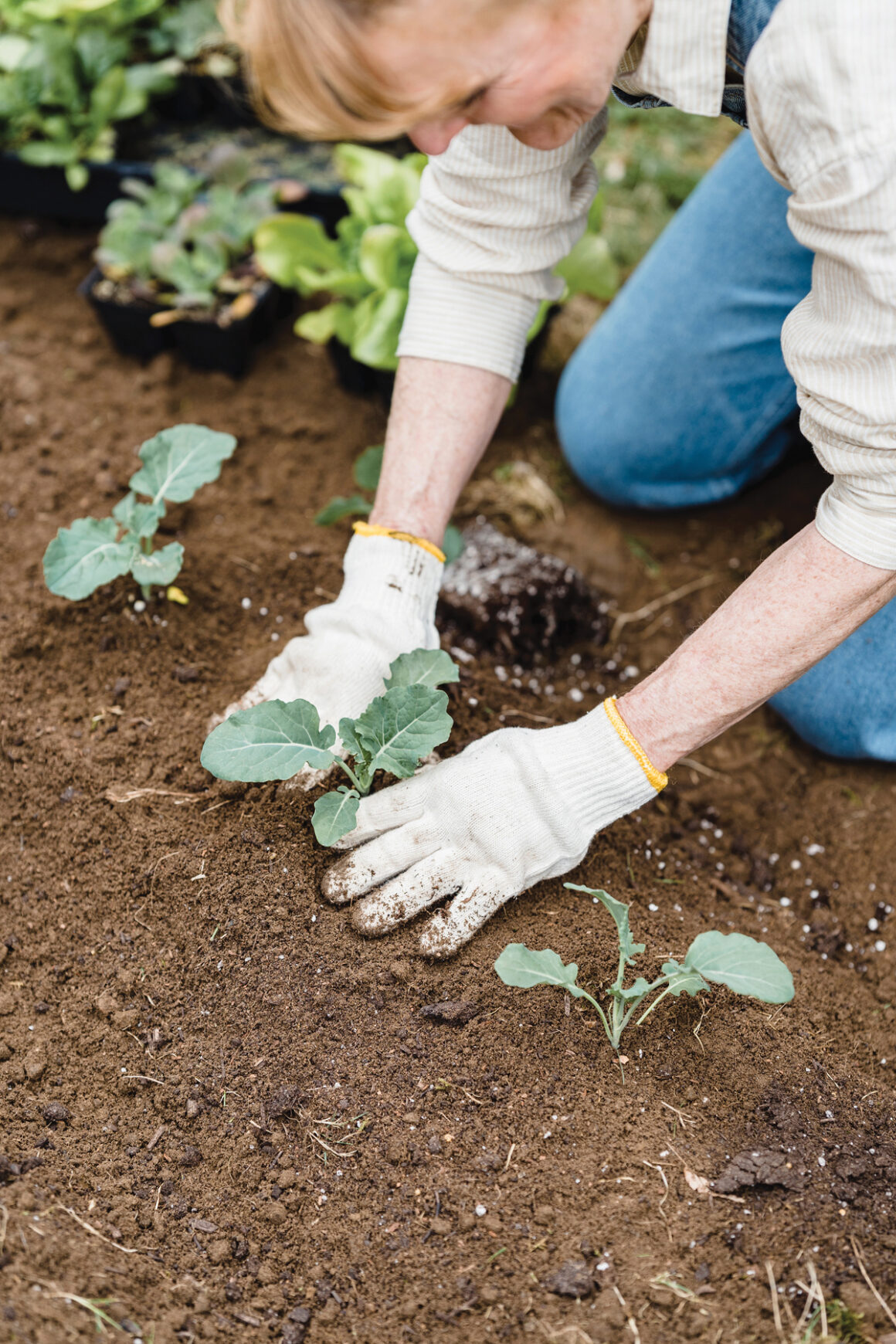No-Dig Gardening
No-dig gardening is increasingly becoming a popular way of cultivating food crops with less effort and many benefits. The no-dig method generally produces similar yields to conventional systems but with a lot less physical effort and time spent cultivating. Not only does digging destroy soil structure, leaving it vulnerable to compaction problems, but it continually brings up buried weed seeds to the surface. We all know how frustrating weeds can be, within our flower borders and vegetable patch, so rather than disturbing soil by digging and encouraging weeds to germinate, in a no-dig system they stay buried.
Preparing a new growing site
Remove as many perennial weeds as possible. Some persistent offenders such as brambles or docks will need to be removed with a sharp spade (this should be the only time that any digging is required). The next stage is to cover the ground with a light-excluding mulch to smother the remaining weeds and reduce new growth. A thick layer of cardboard or biodegradable corn starch mulch should be fine for smothering most weeds, but the more vigorous perennials may need more than one application. The cardboard is then covered with a thick (up to 25cm) layer of compost, straw, or grass to hold it down.
How long the mulch has to be kept on to remove the weeds will depend on which weeds are present and when in the season you start, but a minimum of one growing season is usually required, particularly if perennials such as couch grass or yarrow are present. Bindweed may need two or more years. During this time cardboard often needs renewal, but you will find that any remaining weeds can easily be pulled out from a much-improved soil structure.
Fertilising the plot
Once the site is prepared, all fertilisers and manures are applied to the soil surface at the usual rate (up to 15cms, or one barrowload per 5 m² in spring, summer or early autumn). Rock minerals and other powdered materials (such as lime, seaweed, bonemeal etc.) can be lightly hoed in. With widely spaced plants such as courgettes or potatoes you may like to concentrate the compost or manure around the plants, otherwise, an overall application is preferable. Remember that you are relying on the worms to take the material down into the soil so it will take longer to incorporate than digging it in.
Growing through the mulch
If you are clearing a new site using the above mulching method, some vegetables can be grown through the mulch in the first year. Cut holes in the mulch and plant through it. If you intend to do this, however, you should not apply the mulch in the winter when the soil is cold or dry as it will tend to insulate the soil, keeping the cold in and the warmth and water out. Keep an eye out for any perennial weeds growing through the hole and remove them straight away.
The choice of vegetables to grow will depend on the thickness of the mulch. Generally, larger more vigorous crops are better suited including pumpkin, marrow and courgette, brassica, lettuce (through a thin mulch) tomato and potato. Once the land has been cleared it can be kept weed free by hoeing and/or mulching. Suitable materials for mulching include straw, leafmould and grass cuttings.
Sowing and planting
Hoeing and raking can create a firmly surfaced seed bed in which to sow your seeds in the normal way. If the surface soil is very poor use a shallow drill and add the seeds then cover with a mixture of damp sand and sieved compost or soil. When it’s time to transplant the seedlings, take a small hole out of the soil and plant. Compost or manure can be placed round the seedling at planting time.
After a few years of no-dig, the soil settles into a firm structure with fine pores which allow movement of water, air, and nutrients. This is far better for moisture retention than a soil that has had large air spaces introduced through cultivation.
For a wealth of tips and information on growing the organic way see Garden Organic for more details.

